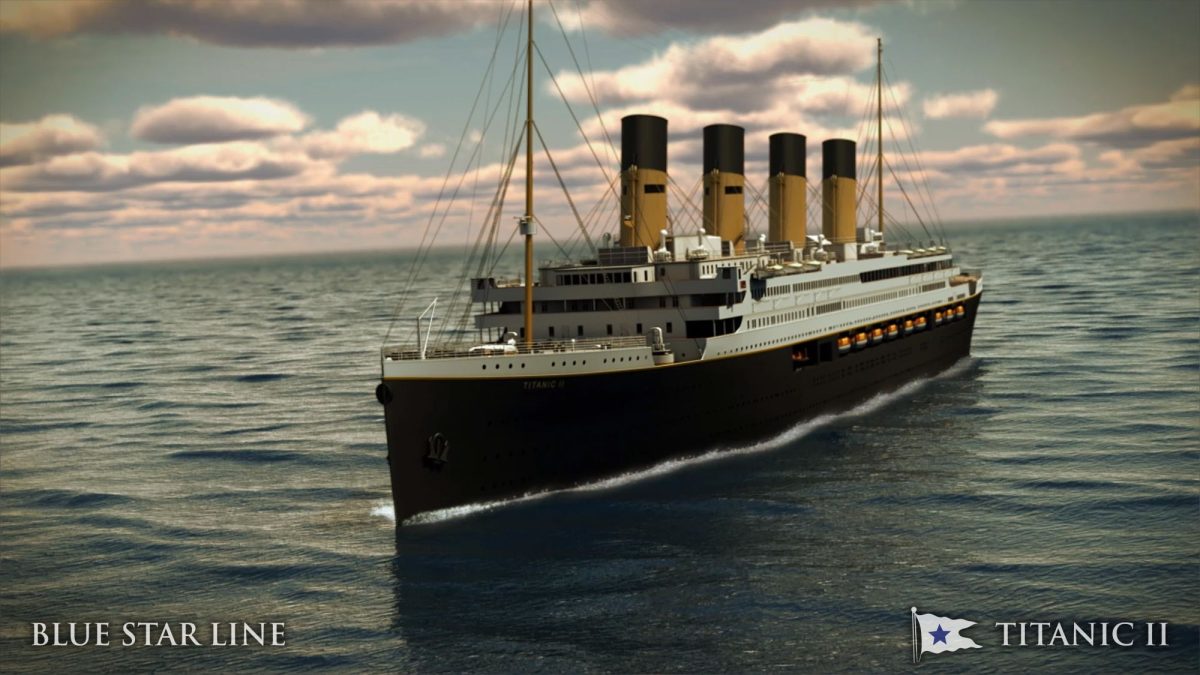
Today, society is accustomed to having new scientific items and mechanisms to help the world develop. However, it is believed that late author Jules Verne somehow predicted their existence, as these designs are seen throughout his books dating back to the 1800s, which led many to believe that more of his ultramodern creations will soon be constructed, as well.
In the 1800’s, almost every reader, writer, and scientist knew and respected Verne, as he dazzled the globe with his literary masterpieces, including “In The Year 2889,” “Journey to the Centre of the Earth,” “20,000 Leagues Under the Sea,” and many others. Verne primarily favored science fiction; to fit this genre, he added numerous unrealistic elements that did not exist at the time, making his works seem more futuristic. Years later, when the world developed and peoples’ understanding of it did too, these previously imaginary inventions sprang to life in real, tangible forms, making it seem as though Verne’s work inspired or somehow predicted their existence.
“It is almost as if he predicted the future. He was truly ahead of his time,” Kathryn Flannery, freshman, said.
Before “20,000 Leagues Under the Sea” was published in 1870, the submarine existed as a straightforward design with no use of nuclear power whatsoever. However, in the novel, Verne described his submarine, The Nautilus, as an electrically energized, unsinkable vessel — a true beauty. Modern submarines eventually took on a similar form, with many even having a name resembling Verne’s. Additionally, “In the Year 2889” was published in 1889 and followed what the world could look like a thousand years in the future. Later, it was shown that this novel accurately predicted how humans’ life expectancy would gradually increase.
“Verne not only predicted electric submarines 90 years before they were invented, he also imagined them just as they turned out — long and cylindrical,” Glynda Alves, reporter for The Economic Times, said.
Though many of Verne’s ideas have already become useful in real life, some of his others might soon follow the same path. Verne’s fascination with science fiction has led to him dreaming about things such as flying cars, time travel, video projections on clouds, and more. These ideas have not yet come to life, but there is still hope for them as the world continues to evolve.
“Seeing somebody centuries ago predict so many future inventions is not uncommon, but to have so many of his come to reality is pretty fascinating,” Trynt Dean, junior, said.
Verne, also known as the Father of Science Fiction, has graced the planet with his lively imagination; as the years go by, his work is sure to carry on its impact on humankind.













